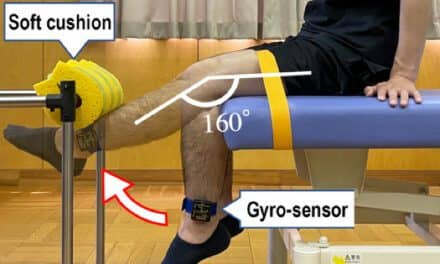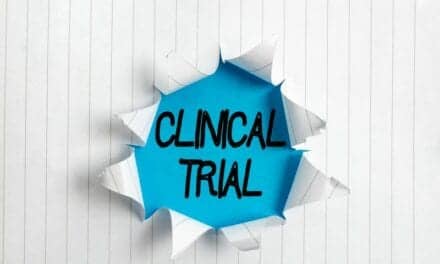An intermediate, 2-day course available through North American Seminars will explore an orthopedic perspective in the evaluation and treatment of the neurologically involved lower extremity with the use of evidence-based practice.
“Gait Training-An Evidence Based Course Combining Manual Therapy, Exercise and Functional Activities” is slated to be held at multiple locations from dates ranging from August 15 to November 22, 2015.
According to the North American Seminars website, the course is designed to provide studies to support common theories and treatments linked to the treatment of the lower extremity with a focus on function and gait. The concepts and principles addressed in the course are intended to enhance both the clinician’s knowledge base and hands-on skills.
The site notes that clinicians will learn not only to pinpoint impairments in alignment, but also prioritize which impairment is affecting function. Patterns specifically with gait will be analyzed in order to determine musculoskeletal dysfunctions (including muscle imbalances) and develop a working therapy diagnosis with appropriate therapeutic intervention.
According to the site, extensive group interaction and hands-on practice of the evaluation procedures (with case studies) are made to enhance course instruction. Additionally, treatment approaches target soft-tissue mobilization, flexibility activities, strengthening exercises, and proprioceptive activities that will improve gait and mobility with patients. Break-out sessions will encompass video analysis of actual patients to allow the clinician to systematically diagnose patient dysfunction and develop a progressive functional treatment plan. The techniques learned, the site says, can be applied to a wide range of pathologies in both the neurologic and orthopedic realm (including, but not limited to: CVA, SCI, TBI, Parkinson’s Disease, MS, CP, deconditioning, hip pathologies, arthritis, etc). This course is designed to assist the clinician in becoming more efficient with making the correct therapy diagnosis, documenting, analyzing, communicating, and progressing the patient to a more functional level.
Course objectives include properly evaluating to diagnose and develop treatment programs for specific musculoskeletal restrictions in the neurologically involved lower extremity; analyzing gait abnormalities; and prioritizing impairments to develop a treatment plan focused on improving function rather than just improving impairments.
Additionally, course objectives are intended to provide participants the ability to determine what muscles are firing/not firing at the appropriate/inappropriate time during a gait cycle; identify muscle imbalances through weakness, length tension disruption, and joint hyper/hypomobility; develop a specific plan of care for each individual patient aimed at the appropriate dysfunction; and support treatment with evidence-based research.
Participants will also learn to understand the difference in treatment focused on improving function versus improving impairments, as well as demonstrate manual skills to perform soft-tissue mobilization (including mobilization with movement and muscle bending), strengthening exercises (including NDT techniques), proprioceptive activities and stretching techniques.
Course instructor Kimberly A. Contryman, PT, DPT, NCS, OCS, is a clinical owner and rehab specialist. According to the site, her expertise includes all forms of orthopedic and neurological diagnoses, including head injuries, cerebral vascular accidents, pathological conditions, orthopedic insults, and postsurgical care.
[Source: North American Seminars]





